Originally posted by maureen
If these happened to the streets (cement floor), run (sprint) as fast as you can and jump slide around facing 45degrees the sliding dog. Then when it slides, kick its nose or step hard on its head, then it will run. If it run, go get something to hit the bull shit because it will get back to you.
If your in a soil ground then, (dogs like to bite limbs and the ankle anything bony) try to keep jumping toward it ( to scare it) *ensure that you raise your feet when jumping (JOKE:jumping monkey style) and shout for help...






 no offense to u at all...im sure u are an awesome MA....but a ferocious dog is not one to be messed with. I would never mess with a dog if i could escape...
no offense to u at all...im sure u are an awesome MA....but a ferocious dog is not one to be messed with. I would never mess with a dog if i could escape...


Comment